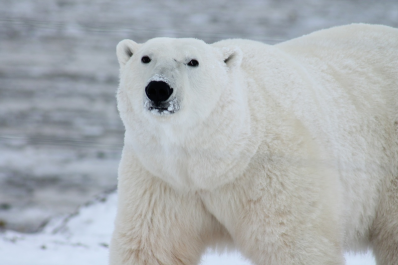Possessive apostrophes: polar bear
The Grammar Bit!
Read the three sentences opposite. They each contain a possessive apostrophe. Possessive apostrophes are used to show that someone or something belongs to someone or something else.
Notice that when something belongs to a singular noun (describing a single thing), an apostrophe is added and this is followed by an s e.g. cub’s mother.
Notice that when something belongs to a plural noun (describing two or more things), simply add an apostrophe after the existing s e.g. polar bears’ white coats and carnivores’ snug dens.
Exceptions to this include pluralised nouns that don’t end in s. e.g. men’s, children’s and women’s.
Scintillating Sentences
1) The cub’s mother detected the scent of the seal pup, which was concealed beneath many layers of snow and ice.
3) The polar bears’ white coats camouflaged them against the snow and ice.
4) Having roamed many kilometres in search of food, the ravenous carnivores’ snug dens were now a distant memory.

Having failed to catch a seal, the disappointment was unbearable!

 Sign in
Sign in

